<< Our Photo Pages >> National Museum of Scotland (Pictish Stones) - Museum in Scotland in Midlothian
Submitted by Anne T on Thursday, 18 January 2018 Page Views: 6238
MuseumsSite Name: National Museum of Scotland (Pictish Stones)Country: Scotland County: Midlothian Type: Museum
Nearest Town: Edinburgh
Map Ref: NT2572173302
Latitude: 55.946992N Longitude: 3.190929W
Condition:
| 5 | Perfect |
| 4 | Almost Perfect |
| 3 | Reasonable but with some damage |
| 2 | Ruined but still recognisable as an ancient site |
| 1 | Pretty much destroyed, possibly visible as crop marks |
| 0 | No data. |
| -1 | Completely destroyed |
| 5 | Superb |
| 4 | Good |
| 3 | Ordinary |
| 2 | Not Good |
| 1 | Awful |
| 0 | No data. |
| 5 | Can be driven to, probably with disabled access |
| 4 | Short walk on a footpath |
| 3 | Requiring a bit more of a walk |
| 2 | A long walk |
| 1 | In the middle of nowhere, a nightmare to find |
| 0 | No data. |
| 5 | co-ordinates taken by GPS or official recorded co-ordinates |
| 4 | co-ordinates scaled from a detailed map |
| 3 | co-ordinates scaled from a bad map |
| 2 | co-ordinates of the nearest village |
| 1 | co-ordinates of the nearest town |
| 0 | no data |
Internal Links:
External Links:
I have visited· I would like to visit
lichen would like to visit
Anne T visited on 17th May 2018 - their rating: Cond: 4 Amb: 4 Access: 5 Pictish Stones at the National Museum of Scotland: See visit report for the National Museum of Scotland (Early Christian stones). Also went to the Research Library and came away with some great information on all the Pictish Symbol Stones held by the museum, and the names/details of various reference books.
HChavez visited - their rating: Cond: 5 Amb: 5 Access: 5
schwagmyre have visited here
Average ratings for this site from all visit loggers: Condition: 4.5 Ambience: 4.5 Access: 5

The National Museum of Scotland has a collection of Pictish stones which can be found in the basement of the Tower. To find this collection, go into one of the main entrances in Chambers Street, go down to Level -1 (Basement) either by lift or stairs, and walk through the 'Early People' collection (which includes early Christian carved stones and crosses - see separate page for these) into the round tower. Staff at the musuem were really helpful.
For members and visitors with a particular interest in these Pictish stones, we have split these photographs into a separate page to make them easier to access.
For more information about the museum see the National Museum of Scotland website; to find out more information about their individual exhibits, use their 'search our collections' feature.
Note: Photographs as credited by kind permission of National Museums Scotland. Not to be reproduced without the permission of NMS.
You may be viewing yesterday's version of this page. To see the most up to date information please register for a free account.

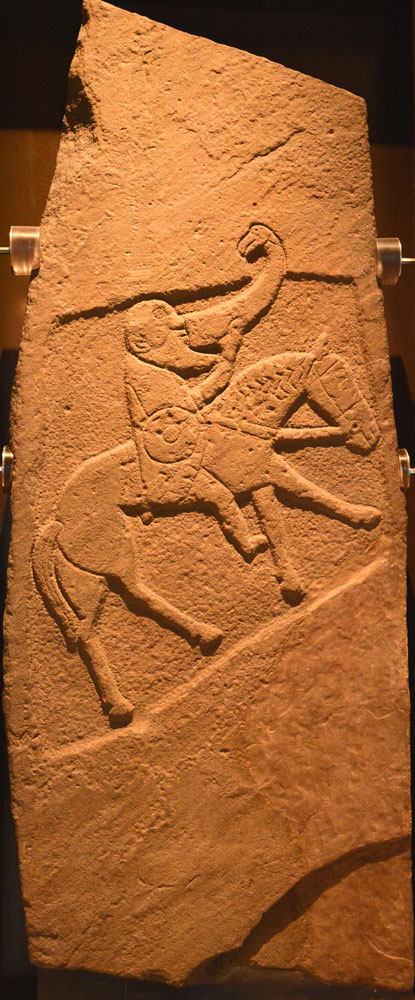















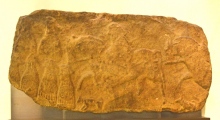

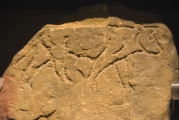





These are just the first 25 photos of National Museum of Scotland (Pictish Stones). If you log in with a free user account you will be able to see our entire collection.
Do not use the above information on other web sites or publications without permission of the contributor.
Click here to see more info for this site
Nearby sites
Key: Red: member's photo, Blue: 3rd party photo, Yellow: other image, Green: no photo - please go there and take one, Grey: site destroyed
Download sites to:
KML (Google Earth)
GPX (GPS waypoints)
CSV (Garmin/Navman)
CSV (Excel)
To unlock full downloads you need to sign up as a Contributory Member. Otherwise downloads are limited to 50 sites.
Turn off the page maps and other distractions
Nearby sites listing. In the following links * = Image available
29m ESE 113° National Museum of Scotland* Museum (NT2574873290)
113m ENE 78° National Museum of Scotland (Early Christian Stones)* Ancient Cross (NT2583273324)
391m W 273° Grassmarket modern menhir* Standing Stone (Menhir) (NT25337333)
441m W 265° The Portsburgh Stone* Natural Stone / Erratic / Other Natural Feature (NT25287327)
452m SE 143° Edinburgh Runestone* Carving (NT2598972937)
464m WNW 294° Stone of Scone* Marker Stone (NT253735)
709m WNW 295° St Margaret's Well (Edinburgh Castle)* Holy Well or Sacred Spring (NT2508273613)
711m NE 52° St John's Cross (Canongate)* Ancient Cross (NT2628873733)
906m NE 55° Canongate Mercat Cross* Ancient Cross (NT2647273812)
1.2km ESE 116° Slidey Stane (Holyrood Park)* Natural Stone / Erratic / Other Natural Feature (NT2676672765)
1.2km ENE 58° Girth Cross (Canongate)* Ancient Cross (NT2673973910)
1.3km E 91° Salisbury Crags* Promontory Fort / Cliff Castle (NT27007326)
1.5km ENE 73° St Margaret's Well (Edinburgh)* Holy Well or Sacred Spring (NT2713373712)
1.5km WNW 299° St George's Well (Edinburgh)* Holy Well or Sacred Spring (NT2440174070)
1.6km NW 306° St Bernard's Well* Holy Well or Sacred Spring (NT2445174247)
1.7km SSE 156° Penny Well (Edinburgh)* Holy Well or Sacred Spring (NT26367177)
1.8km ENE 78° St Anthony's Well (Edinburgh)* Holy Well or Sacred Spring (NT27527364)
1.9km ESE 114° Samson's Ribs* Promontory Fort / Cliff Castle (NT27457250)
2.0km ESE 103° Arthur's Seat* Hillfort (NT27647282)
2.1km SW 214° The Bore Stone* Marker Stone (NT2450871568)
2.4km E 92° Dunsapie Crag* Hillfort (NT28177316)
2.5km E 93° Holyrood Park Stone (Edinburgh) Natural Stone / Erratic / Other Natural Feature (NT28267313)
2.5km ESE 103° Delf Well* Holy Well or Sacred Spring (NT282727)
2.8km W 275° Succoth Place Double Cist Burial Cist (NT22897362)
2.9km ENE 65° St Triduana's Wellhouse* Holy Well or Sacred Spring (NT2833274468)
View more nearby sites and additional images

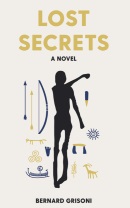

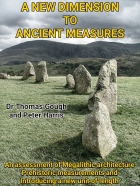


 We would like to know more about this location. Please feel free to add a brief description and any relevant information in your own language.
We would like to know more about this location. Please feel free to add a brief description and any relevant information in your own language. Wir möchten mehr über diese Stätte erfahren. Bitte zögern Sie nicht, eine kurze Beschreibung und relevante Informationen in Deutsch hinzuzufügen.
Wir möchten mehr über diese Stätte erfahren. Bitte zögern Sie nicht, eine kurze Beschreibung und relevante Informationen in Deutsch hinzuzufügen. Nous aimerions en savoir encore un peu sur les lieux. S'il vous plaît n'hesitez pas à ajouter une courte description et tous les renseignements pertinents dans votre propre langue.
Nous aimerions en savoir encore un peu sur les lieux. S'il vous plaît n'hesitez pas à ajouter une courte description et tous les renseignements pertinents dans votre propre langue. Quisieramos informarnos un poco más de las lugares. No dude en añadir una breve descripción y otros datos relevantes en su propio idioma.
Quisieramos informarnos un poco más de las lugares. No dude en añadir una breve descripción y otros datos relevantes en su propio idioma.